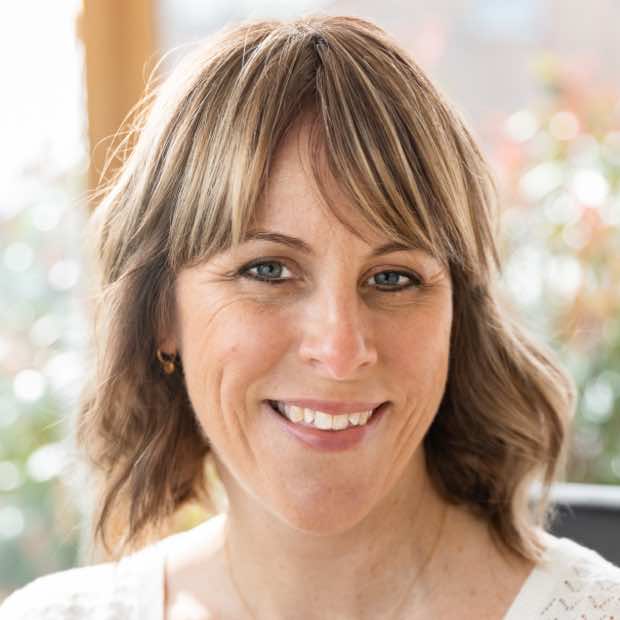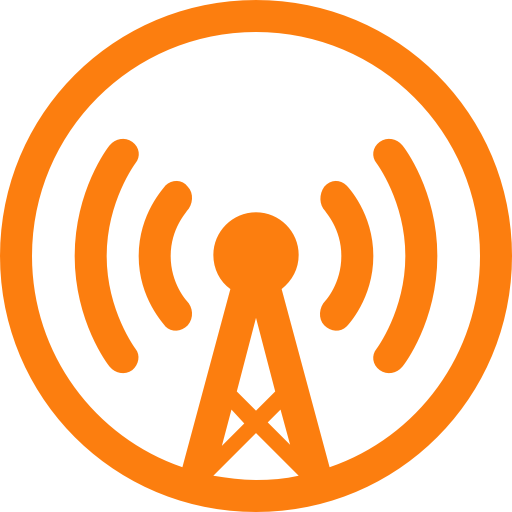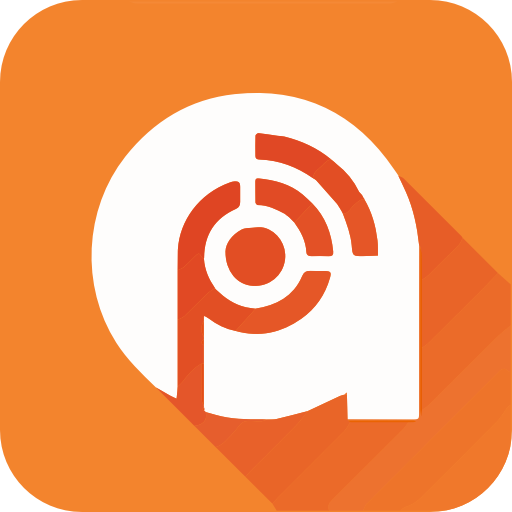Listen to this episode
On this episode
This week, Richard Jamieson joins us to discuss how using breathing techniques can help you de-stress and keep calm.
Episode transcript
Rachel Morris: Have you ever felt you’d be so much more productive and successful if you just had more time? Do you feel like you’re constantly chasing your tail and feel rushed and hurried in everything you do? And would you like to feel more calm and present, not just at work, but at home too? In this episode, I’m joined by Liz O’Riordan, an author, ex-surgeon and cancer patient who has discovered some hacks that have transformed the quality and quantity of time she’s able to spend on her work with her family, and just enjoying life. So have…









